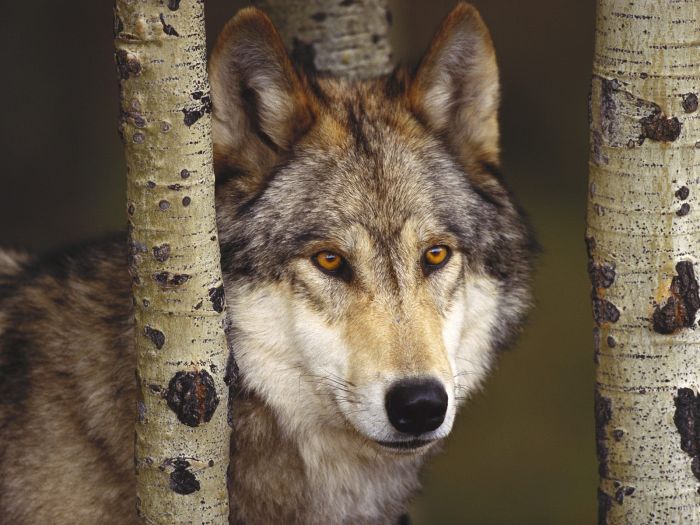|
|
Gray Wolf
|
The now extinct Japanese wolves were descended from large Siberian wolves which colonised the Korean Peninsula and Japan, before it separated from mainland Asia, 20,000 years ago during the Pleistocene. During the Holocene, the Tsugaru Strait widened and isolated Honshu from Hokkaidō, thus causing climactic changes leading to the extinction of most large bodied ungulates inhabiting the archipelago. Japanese wolves likely underwent a process of island dwarfism 7,000–13,000 years ago in response to these climatological and ecological pressures. C. l. hattai (formerly native to Hokkaidō) was significantly larger than it southern cousin C. l. hodophilax, as it inhabited higher elevations and had access to larger prey, as well as a continuing genetic interaction with dispersing wolves from Siberia.
• Subspecies
In 2005, 39 subspecies of gray wolf were recognised, including the red wolf and two subspecies of domestic dog, Canis lupus dingo and Canis lupus familiaris. Wolf subspecies are divided into two categories:
"Northern wolves": large-sized, large-brained wolves with strong carnassials which inhabit North America, Europe and northern Asia.
|
|









